LOHMANN’s value guarantee for the Colombian market.
Productivity has been the target for genetic selection in LOHMANN hens: peak lay and especially persistence of lay which translates into more, bigger and better quality eggs in terms of strength and more intense shell colour. This selection has been based on the concept of ‘adequate nutrient intake’.

Table 1: Graph of overall mortality
Since its inception, LOHMANN hens have been developed to consume sufficient feed, which has enabled them to adjust to a wide range of conditions of temperature, housing, infrastructure, stocking density, farm type, feed quality and the significant health challenges they face every day in the conditions found in the Colombian tropics.
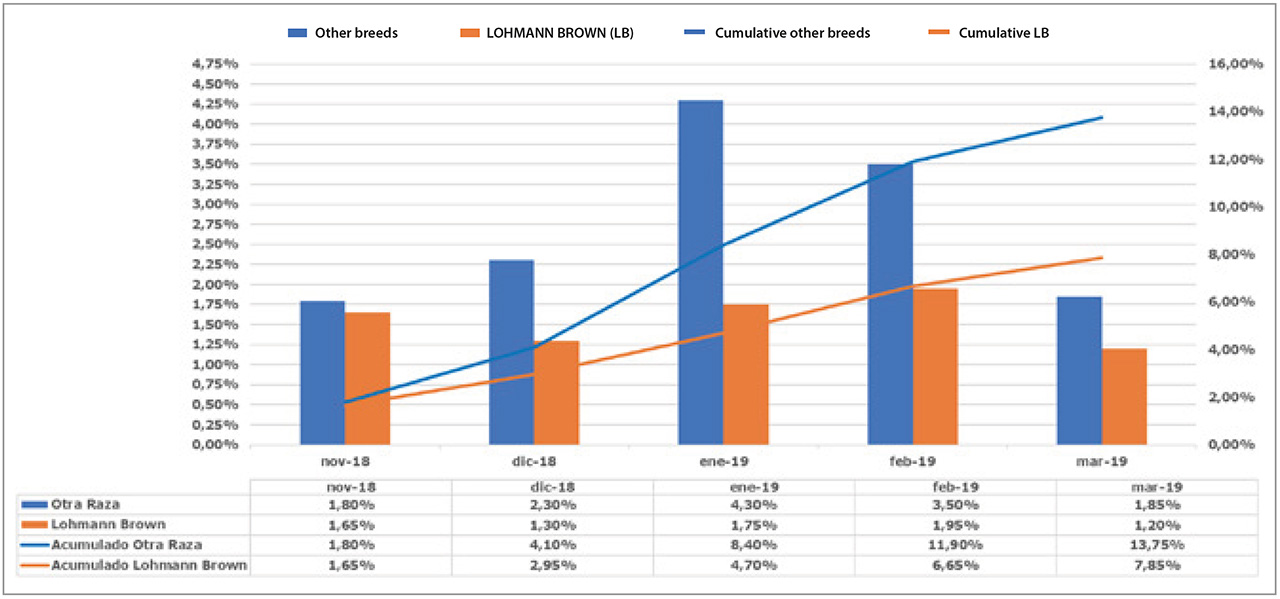
Table 2: Graph of mortality at the height of the outbreak
This ability to eat just a little more when confronted with conditions of stress has been the bedrock of LOHMANN’s success in Colombia, especially under extreme conditions of climate and housing, when faced by significant health challenges, or when going through natural periods of low feed consumption, such as during the pre-lay stage.
Table 1 shows the development of a complex, insidious and damaging health challenge, affecting all the birds on the farm and having a significant impact on liveability. Although the LOHMANN birds also fell ill, they performed better during the outbreak, their mortality was lower and they recovered faster.
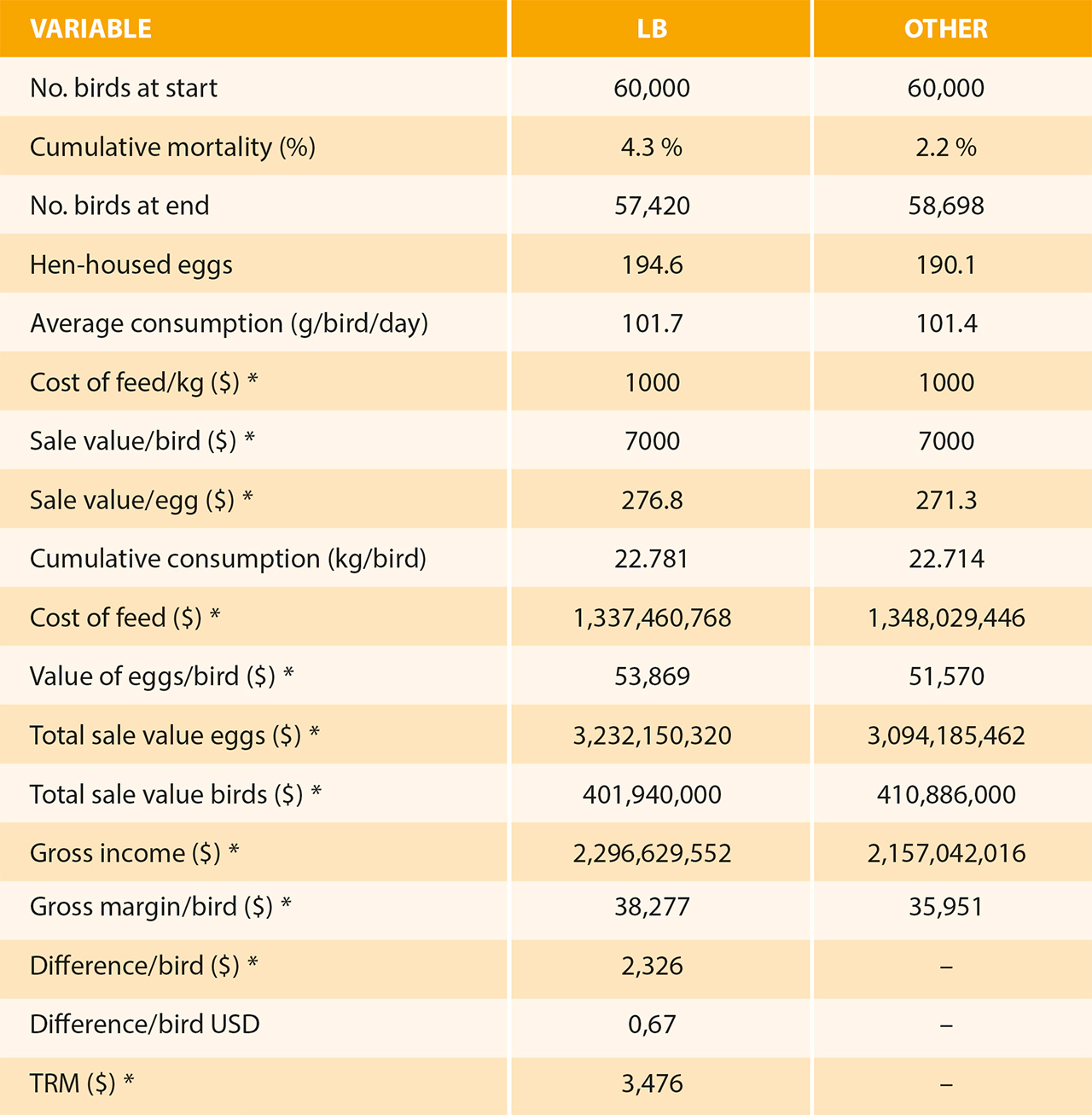
Table 3: Financial comparison between LOHMANN and birds from a popular competitor
The farm is situated in a hot climate, and has vertical automated battery cages and open barns shared with birds of another popular genetic line.
Table 2 illustrates the effect of greater resilience at the height of the outbreak.
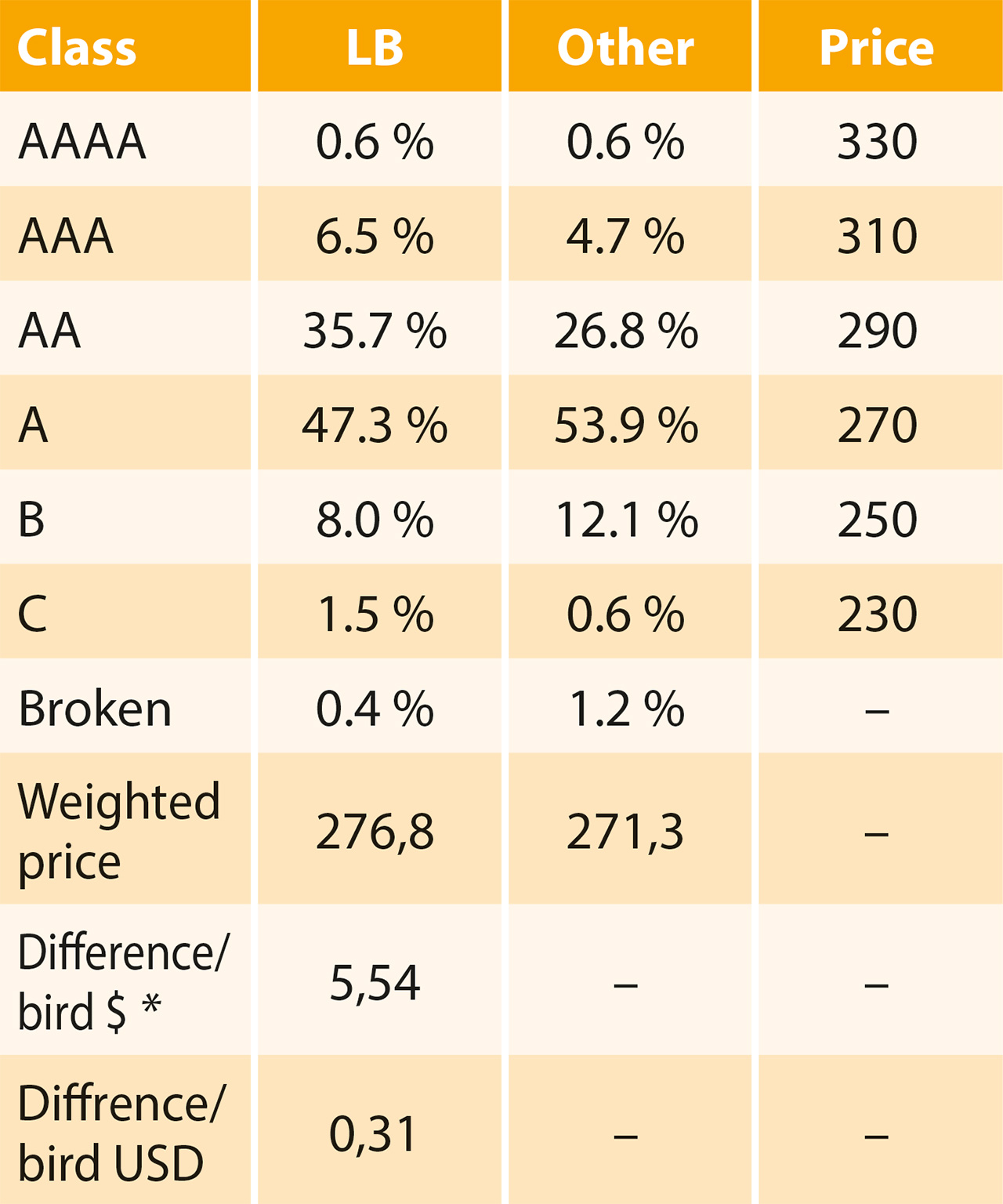
Table 4: Financial comparison of egg size and breakages
Adequate feed consumption at critical stages is crucial to the productive life of the bird, to allow potential to be expressed to the full in terms of peak lay, persistence of lay and egg size, specifically superior egg mass.
All birds shared a farm in a hot climate, at sea level, and in similar controlledenvironment buildings. The bottom line was that each LB bird produced 0.67 USD more than the competitor bird.
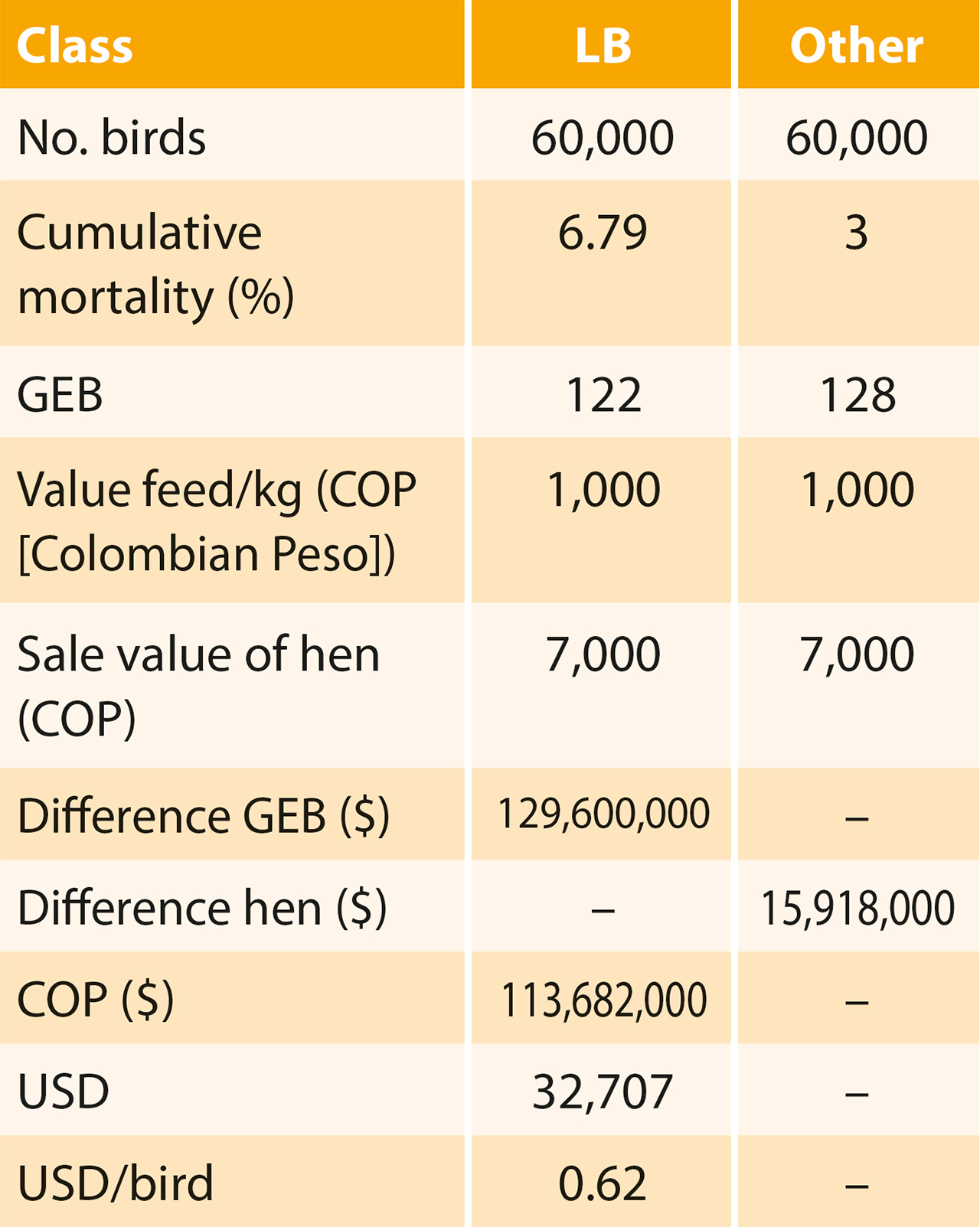
Table 5
Egg size and shell strength, both important qualities of the Lohmann bird, become take on even more significance in a system that markets eggs graded by weight, with larger eggs being worth more. Lohmann delivers on this promise too, as illustrated in table 4, which shows the same farm with a partial cut-off at 50 weeks of age, and compares Lohmann egg classification with that of the competitor birds at the same age.
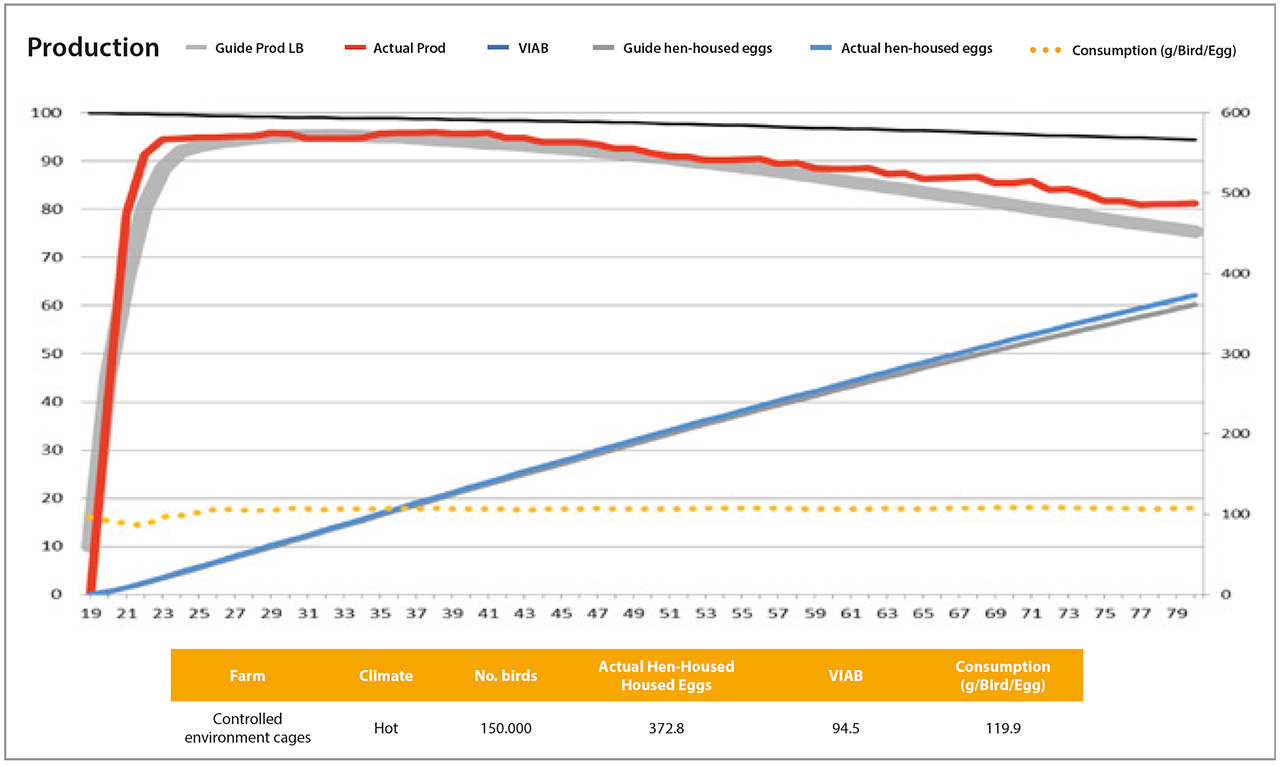
Table 6: Production
Appropriate chick management during the rearing and growing stages, to reach the ideal weight at 5 and 12 weeks, optimum uniformity in age at sexual maturity, cumulative feed consumption at 18 weeks, and careful management of lighting have made Lohmann’s viability a highly competitive trait for Colombian poultry producers.
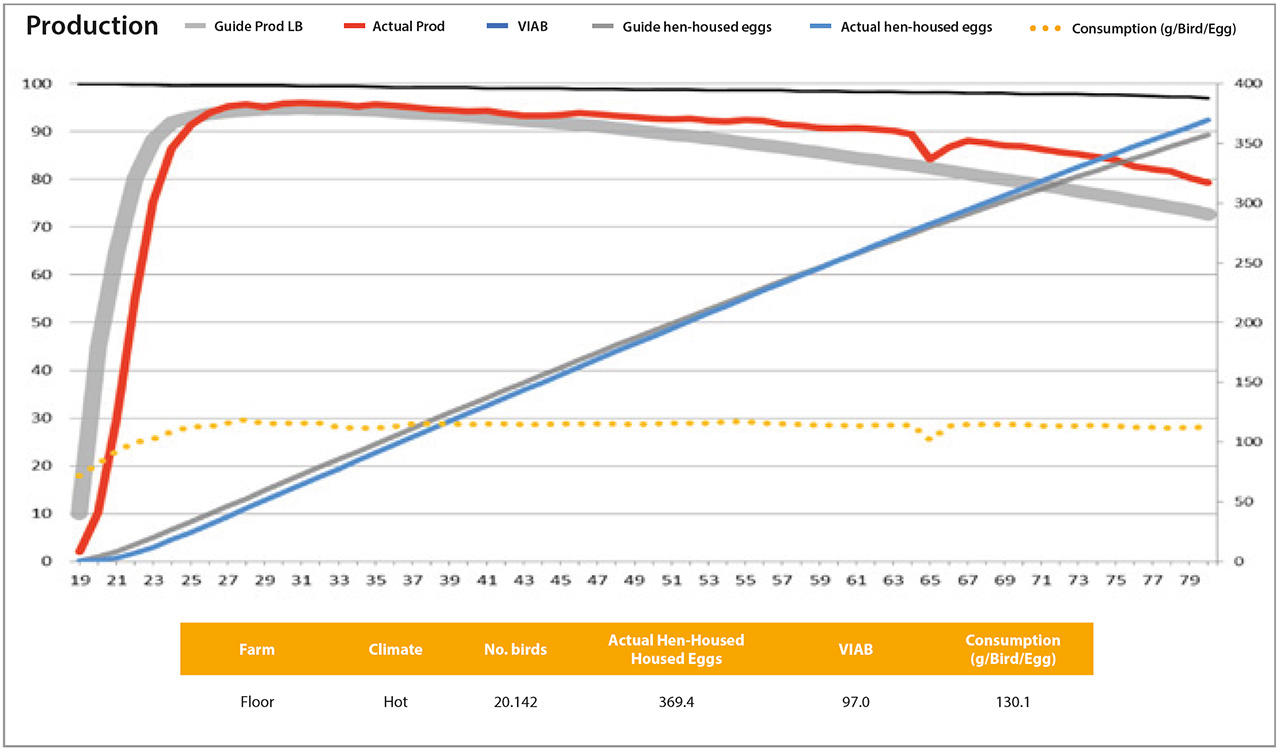
Table 7: Graphs form winning batches in the 2018 pronavicola competition
As can be seen in table 5, mortality in the Lohmann birds was highly competitive (6.79 % at 80 weeks), but it was more than double the mortality of the competitor birds on the same farm. However, thanks to Lohmann’s productivity (peak lay, and especially persistence of lay), the financial comparison is still very favourable toward the Lohmann due to the feed conversion (expressed as grams per egg per bird, or GEB) which, in this trial, represents 0.62 USD per bird, without taking into account the increased value of the eggs due to their heavier weights. Here at Lohmann in Colombia, we have never in our 37-year history benefited to such a degree, and so consistently, from the genetic development of these birds: their main attribute of persistence of lay, and larger eggs, an egg colour which is outstanding in the market, and a GEB that makes Lohmann birds so profitable. Table 6 and 7 illustrate this:










